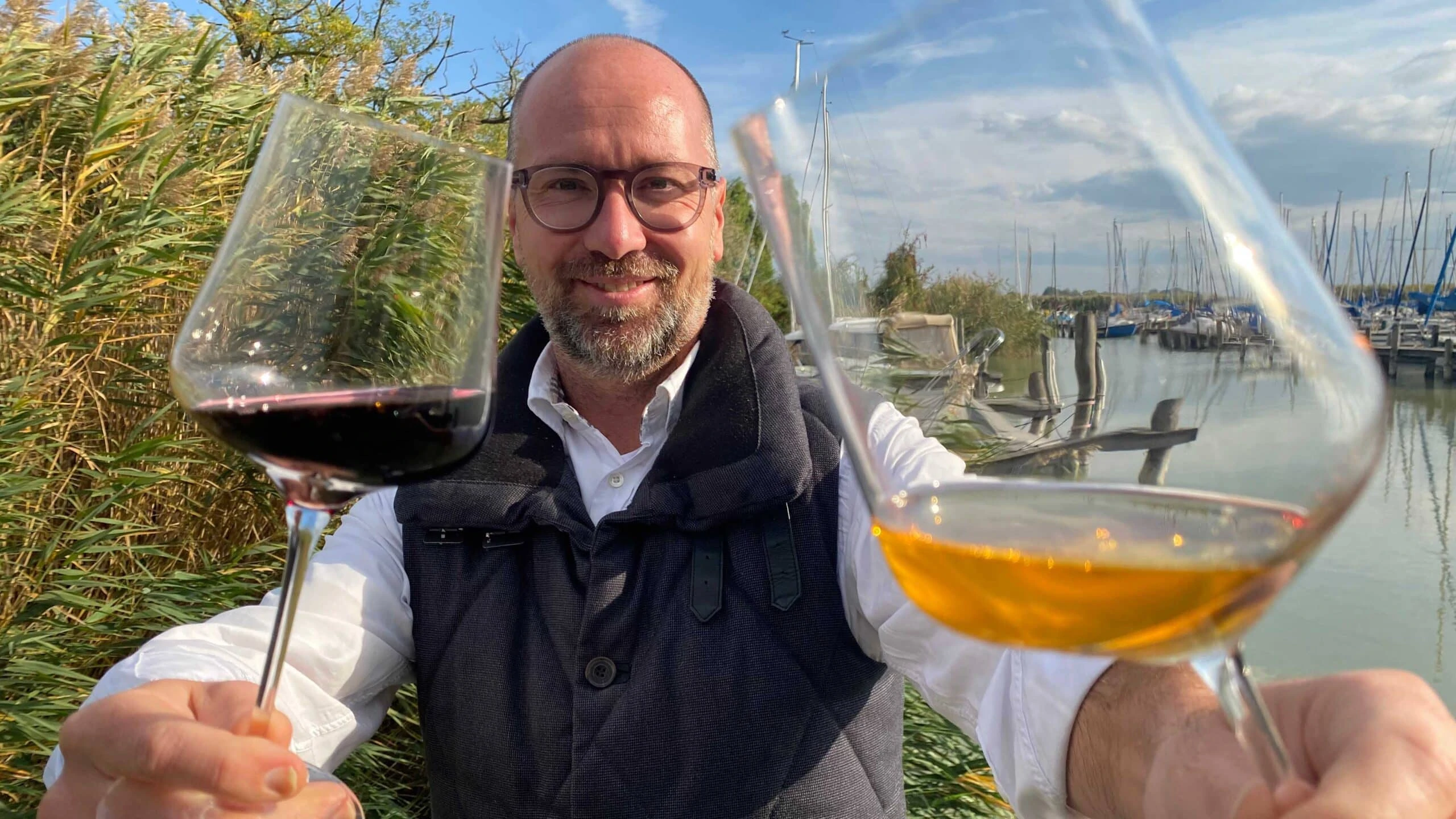
In 1922, Zweigelt was officially entered in the hybrid register with the name “Klosterneuburg 71”. Today – exactly 100 years later – it is the most popular red wine variety in Austria, among both producers and consumers. Especially typical of this variety are the Zweigelt wines from the east bank of Lake Neusiedl. This, then, is the ideal location for a conversation with Torsten Aumüller, Managing Director of the Neusiedlersee DAC Association, where Zweigelt calls the tune when it comes to grape varieties.
Supported by the federal government, the federal province and the European Union.
In the summer, when the days are long and the nights are short, it gets hot around Lake Neusiedl – not only on its beaches, but especially on the expansive shores where grapevines of a very special quality flourish. After all, with its unusually large surface area, the lake provides a microclimate that is unique throughout the world. There are over 100 winegrowing families on the eastern side of the wide steppe lake, and they ensure that connoisseurs in Austria and around the world can enjoy superb wines. Above all, it is the specifically regionally typical Zweigelt and the singular sweet wines that have long been literally and figuratively on everyone’s lips, and not only in professional circles. Wines from Lake Neusiedl are simply something special. For decades now, the regional vintners have been proving this again and again every year. They are supported in their activities by the Neusiedlersee DAC Association, which has one goal above all: to introduce the wide world to these specifically regionally typical delicacies – Zweigelt as well as the sweet wines. It is “a long-term mission,” says managing director Torsten Aumüller. But it is one that, especially in this anniversary year of the Zweigelt grape variety, is receiving strong support.
DAC. This is an abbreviation that we find on many wine bottles – but by no means all. What do these three letters actually mean?
Torsten Aumüller: DAC is an abbreviation for the cumbersome Latin phrase Districtus Austriae Controllatus. The basic idea behind this is to substantiate the origin and also the distinctive characteristics of the origin. Let’s take the example of a Grüner Veltliner. It is recognized as the epitome of an Austrian white wine grape variety, and many people automatically associate this variety with Austria. The fact is, however, that thanks to its international success, Grüner Veltliner grapes are now planted in other countries, such as Slovakia, Bulgaria or Romania. This means that a Grüner Veltliner on a wine list no longer necessarily has to come from Austria. So in order to provide a means of orientation here, we corroborate the origin of the wines and thus, at the same time, we underscore the unique qualities of the region in question. After all, there are lots of products that we all associate with typically regional characteristics. We order a Rioja, a Chianti, a Prosecco, a Bordeaux or a Burgundy, always associating each one with a protected origin and a specific regional typicity. It is precisely these positive associations that we want to generate with the local DAC system. That’s why, in our region, we have taken the approach of clearly defining the origins and typicities and thereby placing more emphasis on them. And in order to present this in a legally correct format, we use the name of the respective origin followed by the abbreviation DAC. So, for example – as in our case – if “Neusiedlersee DAC” is printed on the label, then the consumer can be assured that the grapes come from this exact region, that they were processed here, and that the wine was also bottled in this region. Specifically, in our case, these are the most important grape variety in the region: Zweigelt, and also – since 2020 – the sweet wines from Lake Neusiedl.
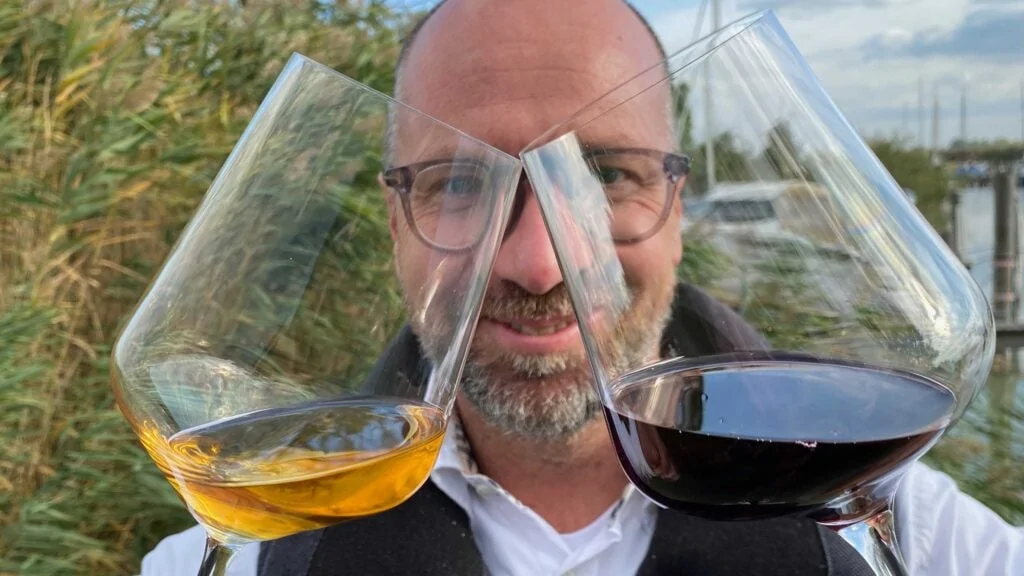
And as the Neusiedlersee DAC, do you try to act jointly so that all of you will have even more international success?
Torsten Aumüller: Yes, that is the major idea behind it. As a region, we want to be recognized more easily – and therefore more strongly, and above all with more certainty – not only nationally, but also and in particular internationally in an increasingly globalized world. A Neusiedlersee DAC Zweigelt comes from this region. A Neusiedlersee DAC sweet wine – be it a Spätlese, Auslese, Beerenauslese or Trockenbeerenauslese – also comes from this region. That’s a fact. This leaves no possibility for any kind of cheating. The consumer receives a 100% guarantee of origin and the quality that exemplifies the region.
Does this sense of community help in difficult times – such as in the current pandemic – or is it more that you get in each other’s way?
Torsten Aumüller: In the last two years we have naturally been especially active, above all in social media platforms and also in print media. And on the whole, the vintners who produce the Neusiedlersee DAC wines have actually made it through the crisis very well – especially those who are listed in the supermarkets. But we have certainly also been helped by the fact that even before the crisis, we positioned ourselves multi-dimensionally – that is as a wine tourism destination. The rule among the over 100 Neusiedlersee DAC vintners is that the wines and the people reflect the land – approachable, multifaceted, authentic. Remember, we are also a “UNESCO World Heritage Site with a significant winegrowing region”. Therefore, our members are dedicated to a typicity of origin that extends beyond the vineyards, cellars, bottles and glasses.
So the self-image of Neusiedlersee DAC is not exclusively focused on the wine in the bottle – are you talking about Pannonian receptiveness?
Torsten Aumüller: Exactly. Our destination is very centrally located within Europe, close to the three major cities of Budapest, Bratislava and Vienna. People know this, and they have come to love it as a nearby vacation and recreation area. Cycling is very popular, for example, but so is hiking through the vineyards. The unique cuisine is equally popular – and here the wine immediately plays a very important role. By now, though, the fact is that quite a few of our guests come specifically because of the wine. Because they feel comfortable among the vintners; they can stay here and receive a friendly welcome. That is definitely not the case in many international winegrowing regions. Here it is an essential part of our lives. As people, too, we represent Pannonian receptiveness: 360 days a year – often without prior notice, but always without pretence.
Just like the region’s calling card – Zweigelt. It’s celebrating its 100th anniversary this year. How is it possible to say this so precisely about a grape variety?
Torsten Aumüller: It’s very simple: Zweigelt is a hybrid of two old Austrian grape varieties, St. Laurent und Blaufränkisch, and after the crossing was successful, it was entered in the public hybrid register in 1922. Therefore, its “year of birth” is official, so to speak.
So Austria’s most popular red wine was specially and individually created – just as wines are ultimately always very special and individual creations?
Torsten Aumüller: In a manner of speaking. The new grape variety was intended to have an outstanding degree of flexibility in terms of terroir, climate and vinification. At the same time, the economic challenges of the period after the first world war revealed the need for a reliably yielding grape variety. This requirements profile – as we would call it today – necessitated a special and individual approach.
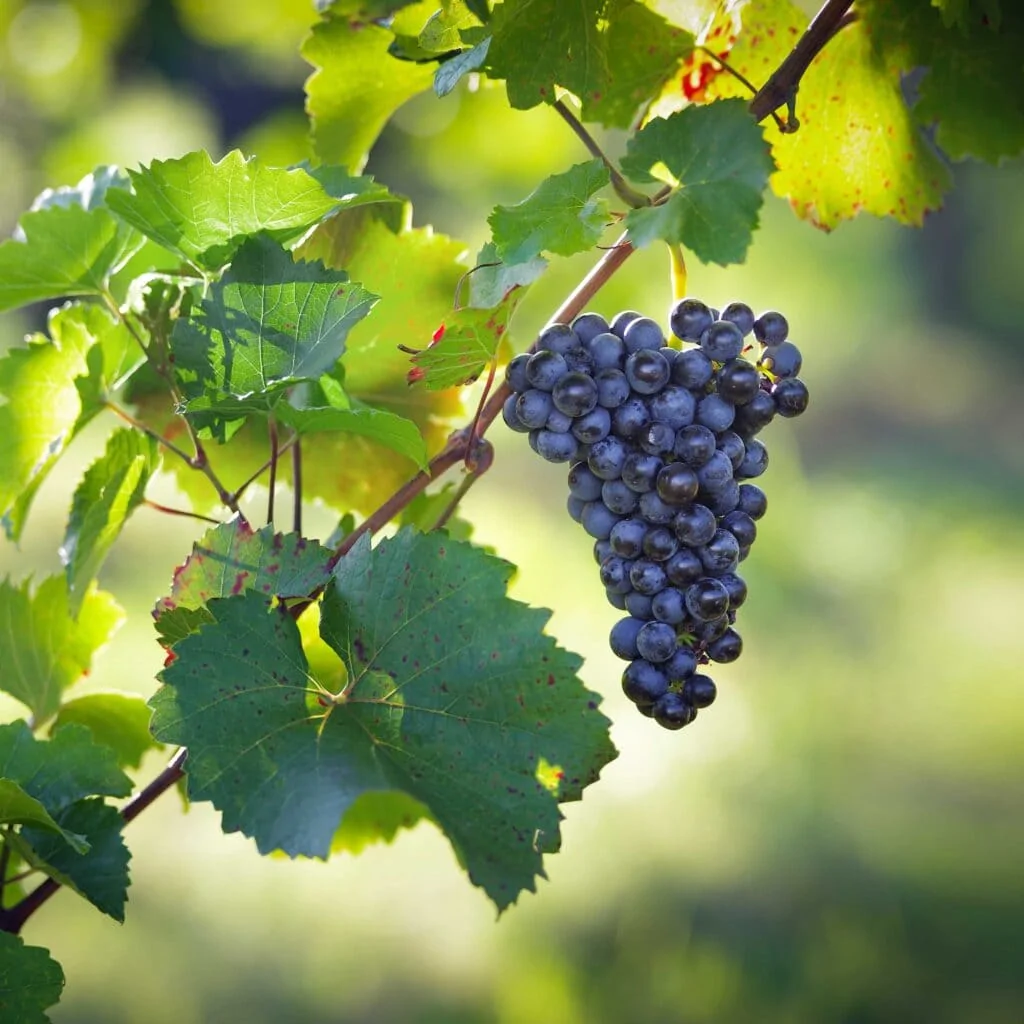
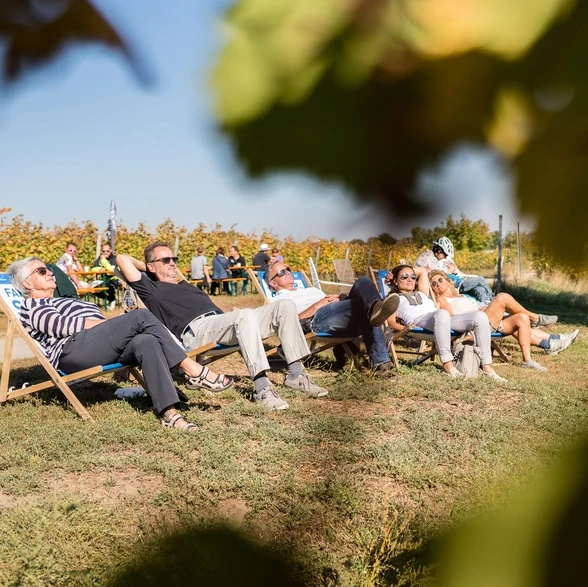
And was it successful?
Torsten Aumüller: One hundred years later we can say: yes, it was successful. At the same time, it should be noted that the original idea was not completely accepted at first. This was primarily due to the intensive labour that was needed in the vineyards for this new grape variety. So it required additional changes, which came in the 1960s. Up until that time, single-pole training was the predominant growing method in viniculture. This meant that caring for and harvesting the grapes was very, very painstaking work. So back then, winegrowers thought twice about whether they wanted to replant their vineyards – especially with such a labour-intensive grape variety. Zweigelt became a success story at almost the exact moment that Lenz Moser’s high-trained cultivation method – the most prevalent method today – caught on as a growing method in viticulture. Both with his invention and with his personality, Lenz Moser ultimately paved the way for Zweigelt and contributed greatly to its success. Today, Zweigelt is Austria’s most popular red wine grape variety – something like Austria’s “red Grüner Veltliner”: widespread in every growing region, the number one grape variety for red wine, versatile in terms of terroir and multifaceted in terms of vinification. A Zweigelt can do everything that a Grüner Veltliner can do: it can be aged in the classic manner in a stainless steel tank or a large reused wooden barrel. It also does just as well as a storable reserve in small barriques. And independently of its maturation, it may also reflect the characteristics of the individual terroir in the bottle and glass. It is a true red all-rounder – which makes it the red Austrian equivalent of the Grüner Veltliner.
In a nutshell: Zweigelt can do everything – but is it accordingly appreciated and valued by everyone?
Torsten Aumüller: Well, people drink and enjoy Zweigelt. If that were not the case, the areas of cultivation would not be constantly increasing. At the same time, though, especially at an international level, there are still plenty of wine critics who are not yet very familiar with Zweigelt’s qualities. But this is more likely due to the fact that they are not really acquainted with it in all of its facets. In some ways, this circumstance can also be traced back to Zweigelt’s popularity in the German-speaking countries. There hasn’t been as much effort to attract the attention of the English-speaking wine trade press, since it has been so successful in other markets. But by now it is evident that Zweigelt can be successful in international wine trade, and it is being recognized and appreciated more and more.
So could Zweigelt even surprise experienced wine experts?
Torsten Aumüller: Definitely. Because it is an amazingly versatile grape variety. Zweigelt can convey the climatic characteristics of locations – even micro-locations. It can present itself differently depending on whether it is aged in stainless steel or in mixed vinification – in stainless steel and large wooden barrels. But a Zweigelt can also express itself just as well in a small oak barrel – and even here it can maintain and convey its typicity. In other words, there is no such thing as “the Zweigelt”: it always reflects its specific origins in the bottle and the glass.
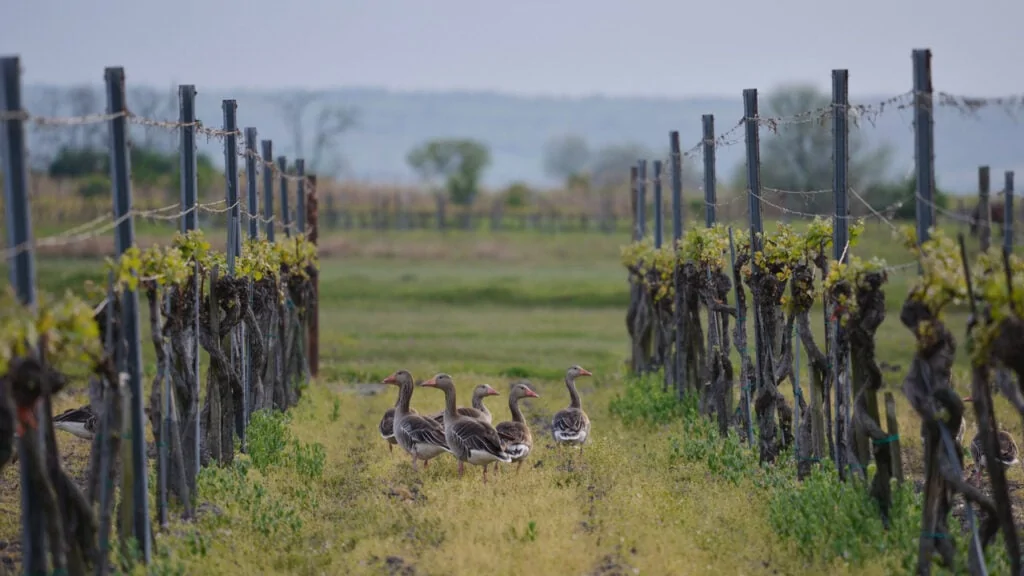
Does that mean, just because I like a regionally typical Neusiedlersee DAC Zweigelt, I won’t necessarily like Zweigelt per se?
Torsten Aumüller: Well, actually you will. After all, Zweigelt does have certain general characteristics – just like every other grape variety, by the way. In the case of Zweigelt, it is above all the depth of colour that is very typical and exists throughout Austria. This is due to the large number of pigments present in its rather thick skin, and which the vintners skilfully extract during the vinification process. So a Zweigelt reveals its origin – sometimes very clearly – in the glass. The cooler the growing region, the more restrained its fruit; at the same time, the structure and acidity are firmer. In the growing areas that enjoy many hours of sunshine – such as the east bank of Lake Neusiedl – it then shows its very inviting and amenable side: always lush and fruity – sometimes like red fruit, sometimes more like black fruit – with a very clear nose and flavour and characterized by a slightly salty minerality thanks to the many salt and soda pools here in our region. Less than 20 kilometres away, in the Carnuntum winegrowing region, a Zweigelt already tastes markedly different – and nevertheless typical for the region. Origin is origin, after all. Zweigelt reflects this very well.
So in spite of all the similarity, where do these differences come from? From the terroir?
Torsten Aumüller: These two regions – Lake Neusiedl and Carnuntum – are only separated by a group of low hills, and yet they are so different. The water from the nearby Danube is cooler than that of Lake Neusiedl. There is more precipitation in Carnuntum, and the average temperature is somewhat lower. The temperature differences between day and night are also more pronounced – the temperature drops more quickly thanks to the Danube. This results in a somewhat more prominent acid structure. In our region, on the other hand, the lake stores up the heat of the day and releases it gently and slightly cooled off during the night. The permanent winds blow from the north-west, thus aerating the vineyards with the cooled air from the lake. These special features of the microclimate are partially responsible for the fact that a Zweigelt from Lake Neusiedl exhibits such an accessible, velvety smooth and fruity character. As I said, we are talking about minimal microclimatic differences, but the result is definitely detectable in the glass for every connoisseur. These subtle differences are even more clearly recognizable the further one follows Zweigelt in the direction of western Austria – to the Weinviertel, Kamptal, Kremstal, etc. In southern Austria, in Styria, too, it presents itself somewhat differently again in the bottle and the glass. But it is always regionally typical. Nevertheless, the size of the Lake Neusiedl wine of origin region within the Austrian DAC system does mean that the Zweigelt typicity that predominates here is also characteristic for Austria as a whole.
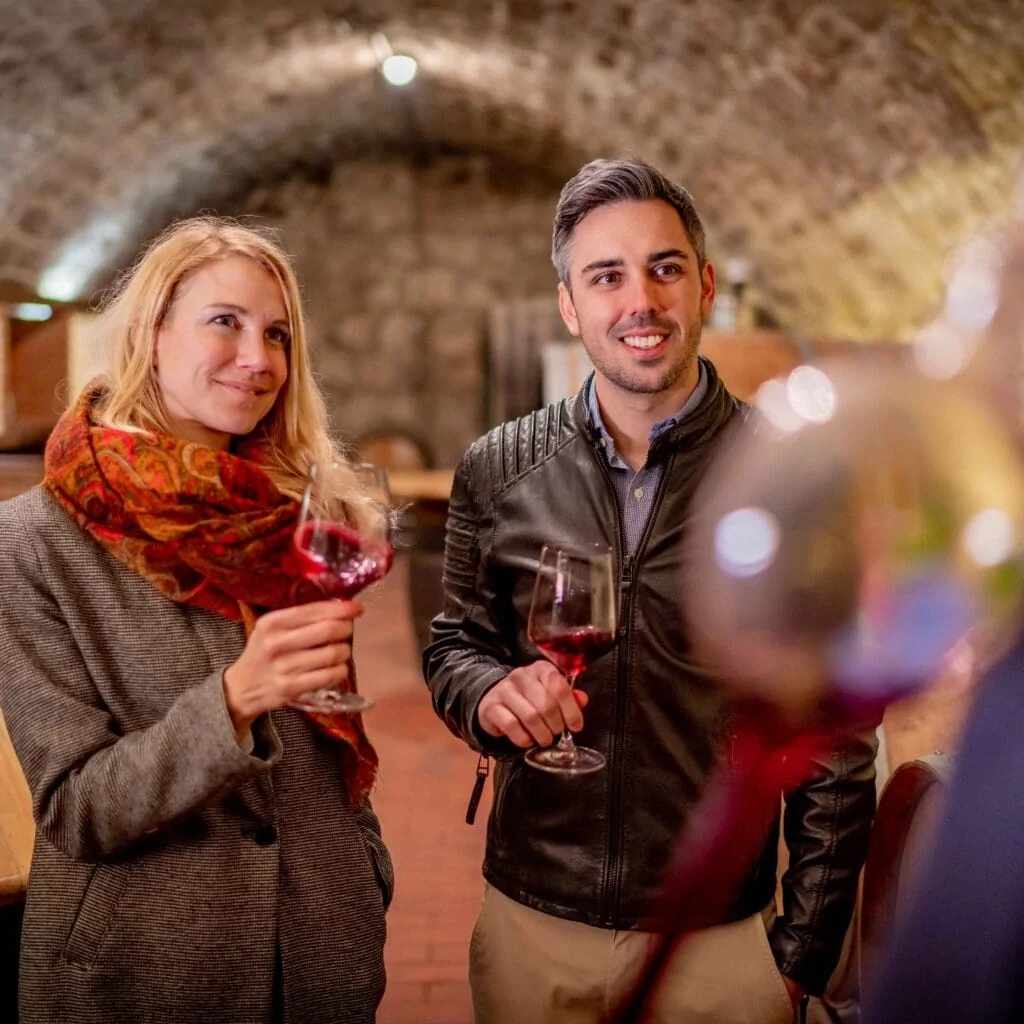
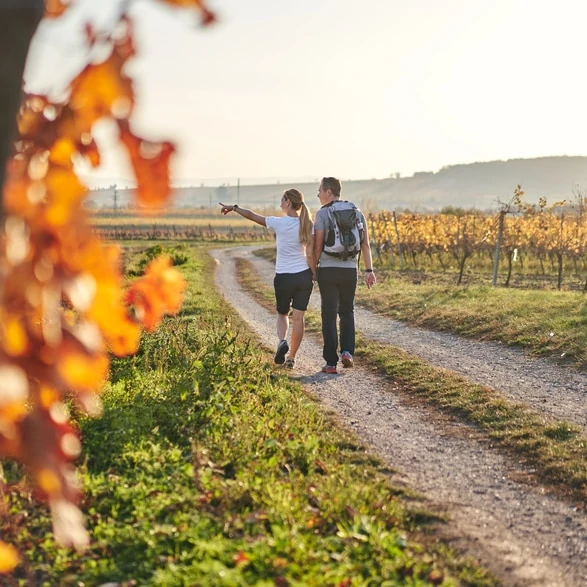
Zweigelt’s reliability, which you have already mentioned, could play an important role in the near future: climate change has been noticeable for some time now, especially in the agricultural sector. Is this less concerning for Zweigelt vintners?
Torsten Aumüller: Right now I wouldn’t go as far as to say that Zweigelt is 100% safeguarded against climate change. But it is still secure in terms of revenue, and its versatility, which we have already mentioned, could also be helpful in the face of this challenge. But of course we don’t know what things will look like in 40 or 50 years.
And how are the sweet wine grape varieties reacting?
Torsten Aumüller: In general, we are working on the assumption of a temperature increase. I’ll put it like this: when I look at other important sweet wine regions in the world, their challenges are likely to be noticeably greater as far as the formation of the noble rot that is necessary for premium sweet wine production is concerned. This is also already somewhat evident from the fact that more and more dry white wines from these regions are coming onto the market. In our region, these moments of low pressure and ground fog are still present. This means that we still have the important humidity and the moist autumn nights. In combination with the permanent winds, we are still experiencing what we are used to in this region: absolutely intact and natural conditions for the development of noble sweet grapes.
Are there discussions about categorizing other grape varieties – new grape varieties – as specifically regionally typical so they can be labelled as Neusiedlersee DAC?
Torsten Aumüller: Our region has the advantage of being able to produce quality red, white and sweet wines at a very high level – both nationally and internationally. But this variety is both a blessing and a curse. It’s a blessing because we are able to cover the whole spectrum that wine drinkers want to enjoy, with products from our own region. But it’s a little bit of a curse because this also raises the question: What does the region represent – especially internationally? Because even if maybe everything seems to be possible, there is a question that automatically arises – especially at an international level: What can this region credibly do really, really well? This is why, in the beginning, it was very clear that we wanted to focus on Zweigelt. As a grape variety, it can do quite a lot, and the vintners understand it very well – in the vineyard, in the cellar and in the bottle. And as far as sweet wines are concerned, we really have an absolutely outstanding position in the world of wine. So it was only logical that we would add this product at the right moment – and that was in 2020. Now, however, there are also a lot of white wine grape varieties that are doing well here in the region and are shaping its character – especially the Burgundy varieties: Pinot Blanc, Pino Gris, Chardonnay. I don’t want to rule out the possibility that we wouldn’t also present one or more white wine grape varieties as part of the Neusiedlersee DAC. At the moment we want to simply observe a little bit, from our comfortable position, what else might happen around us in the Austrian DAC origin system. But when the time is right for more changes, we will certainly take action – for our vintners, for our region and for our future.
Nevertheless, let’s venture a glimpse into this unpredictable future: what are the goals of the Neusiedlersee DAC Association in the coming years?
Torsten Aumüller: Our goals are quite varied. As far as Zweigelt is concerned, in our opinion it should follow on the heels of the Grüner Veltliner’s international success. In other words, Zweigelt should become the new Grüner Veltliner story. My personal wish is that every importer who is importing and distributing a Grüner Veltliner today should, in five years, include a Zweigelt in their range – a wine that is no less typical of Austria than a Grüner Veltliner – and offer it to their customers: ideally a Neusiedlersee DAC Zweigelt. In terms of the sweet wines, it’s a bit the reverse. These wines already have a worldwide reputation outside the borders of our country: they are on the wine lists of every top-class restaurant and every premiere hotel in the world – be they in the Middle East, the Arab world, Asia, or across the Atlantic and the Pacific. The sweet wines from Lake Neusiedl have been successful to the highest degree on the international stage. Our aim now is to transfer this top-of-the-line international reputation into brilliance and glamour on the domestic market as well. The Neusiedlersee DAC designation of origin – and the more localized origin designation of “Seewinkel” for those sweet wines whose grapes are pressed in the villages of Podersdorf, Illmitz and/or Apetlon – should lend strong support to the many committed winegrowers. In the words of a typical Austrian: The prophet should also be honoured in his own country. And rightly so!
____
Neusiedlersee DAC.
Unique Zweigelt. Unique sweet wines.
From the bright side of Austria. For the enjoyment of all.
____




